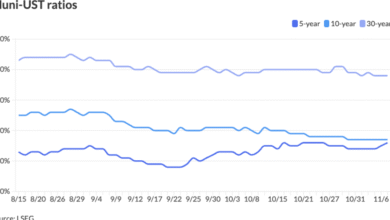Canadian And US Rate Moves Stir Up Currency And Bond Markets

What’s going on here?
The Bank of Canada and the Federal Reserve both trimmed interest rates by 25 basis points, but their mixed signals about what comes next triggered sharp moves across currency and bond markets on both sides of the border.
What does this mean?
Interest rate cuts are designed to give economies some breathing room in uncertain times, especially with US-led trade tensions still weighing on global growth. The Bank of Canada’s widely expected move to 2.25% arrived with a twist: policymakers hinted at more potential cuts, but their cautious tone made them sound more hawkish than markets hoped. That surprising stance initially sent the Canadian dollar up to its highest level since September, before dipping as the Federal Reserve matched the rate cut but signaled it may hold steady in December. The Fed’s caution boosted the US dollar and drove Canadian bond yields higher, as investors adjusted their bets on future policy changes. Firm oil prices, supported by fresh supply data, added another layer of momentum to the day’s market action.
Why should I care?
For markets: Monetary moves keep markets nimble.
Currency and bond markets tend to react swiftly to shifts in central bank language, and this week was no exception. The loonie’s jump and reversal showed just how tuned-in investors are to policy hints, while rising Canadian government bond yields—now at their highest since October—suggest less certainty about further rate cuts. On the equity side, stronger oil prices could buoy Canadian energy stocks, but rate-sensitive names may remain in limbo as markets digest the new outlook.
The bigger picture: Central bank signals set the global agenda.
The contrasting tones from the Bank of Canada and the Fed highlight just how much global markets hinge on central bank communication. If the US dollar stays strong and the loonie lags, Canadian exporters might face new challenges and businesses could struggle with pricier borrowing. These events underscore how tightly Canada’s economic outlook is linked to global monetary policy decisions, shifting trade patterns, and the unpredictable momentum of commodity markets.






